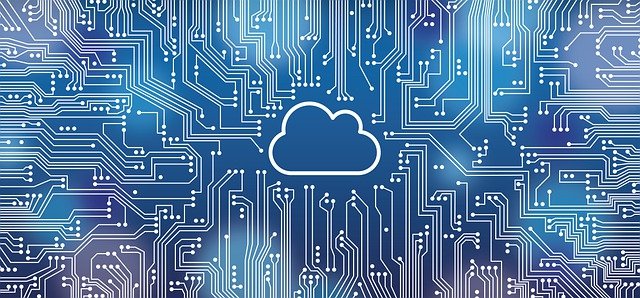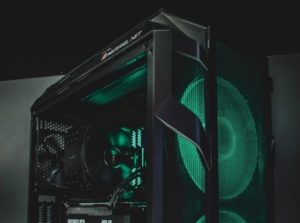NAS and cloud are among the top options for data storage. It is important for companies to weigh up the advantages and disadvantages of the two options in order to make the right decision.
NAS vs. Cloud - similarities and differences
NAS and cloud - let's say it straight away: There is no such thing as a perfect solution for everyone. And businesses should know exactly how NAS and cloud work, the pros and cons to find out what best suits personal needs.
Both NAS and cloud storage are a form of remote storage. For this reason alone, they share some features. But they also differ from each other in many respects.
What is cloud storage?
What is cloud storage? Most people have probably heard the term cloud by now. With the universal application of cloud backup and synchronization, the word is used very widely not only in the technology industry. The most popular cloud storage tools include Dropbox, Google Drive, OneDrive, and iCloud. The principle is always the same. Data is backed up on the Internet in cloud storage via a cloud computing provider. The data is simply transferred to an external storage system and can be accessed at any time if required. The cloud computing provider is responsible for managing data storage. Most of the services are free of charge. However, once a certain amount of storage space is required, you usually have to pay for it. However, no money has to be spent on your own data storage infrastructure and the administration effort for your own data storage is also eliminated.
In addition, many cloud services offer practical tools beyond pure data storage - these include, for example, file and image editing functions as well as media streaming.
What does NAS mean?
The short form NAS stands for Network Attached Storage. One could say that NAS, as a data storage solution, falls somewhere between storing on the local hard drive and storing in the cloud. NAS is a device connected to a network. The NAS system includes a processor, random access memory and space for disk storage attached to a local area network. This is a dedicated data storage server. The data is managed centrally. It can be accessed remotely - wirelessly or via a computer connected to the system. That's also in there Advantage over an external hard drive. No plugging or unplugging is necessary.
With a NAS, you have a physical data drive, but at the same time you can access the stored data remotely. A NAS device can be connected to the LAN and addressed via an IP address. File-based storage protocols allow directories or folders to be shared with other users over the network. The devices are easy to expand. Additional hard drives can be added to increase the capacity of the NAS. NAS is a relatively inexpensive solution for any business. The costs are lower than using server storage and the efficiency is higher.
These points can help in decision making
NAS or cloud? Cloud or NAS? That is the question. We have shown that, in addition to the similarities, such as the possibility of remote access and the simple expansion of storage space, there are also differences. It is precisely these differences that require points to be considered when selecting a storage system.
Safety
Depending on how sensitive the data is that is to be stored on the memory, data security and thus the question of whether the stored files should be stored with a third party or kept in one's own hands plays a decisive role. Anyone who is flirting with the service of a cloud storage service should read the terms and conditions and the fine print very carefully before deciding on a provider. In addition, he should deal with how the cloud storage can be kept secure and how secure the data is once it has been made accessible online. In this sense, many cloud services offer two-factor authentication, which must first be activated. With NAS systems, this is even less common, and security here largely depends on whether the system is accessible from the public internet or not.
Ease of use
User-centric NAS products require minor setup and configuration. In general, NAS devices are becoming more and more user-friendly. But they still can't keep up with the simplicity of most cloud services. The cloud services have self-explanatory and intuitive user interfaces. On the other hand, one of the main advantages of NAS is that it can be used as a media server. Even access to the content of Smartphone, game console and smart TV is possible.
Performance
Performance and speed in the cloud depend on the speed of the network and the amount of data used. Since files are stored on a cloud server over the internet, the transfer speed can only be as fast as the upload speed of your own internet connection. In fact, it can also be slower since many cloud service applications do not use the maximum bandwidth.
A NAS drive can be connected directly to an end device via Wi-Fi or a wired connection. Upload speeds here are faster than uploading over the internet. However, NAS read speeds may be slower than cloud services. Because if files are read remotely on the NAS, you are limited by the upload speed of the Internet connection.
Price
Cloud services usually offer a few gigabytes of free storage space. If you stay below this limit, you will find the cheapest option in the cloud. With many cloud providers, however, it becomes relatively expensive as soon as more storage space is required, and storage space on the NAS is usually much cheaper than rented storage space in the cloud. The cloud offers additional services that are included in the price. While you have to take care of the maintenance yourself with the NAS and make sure that everything is up to date, with the cloud services the provider does this.








